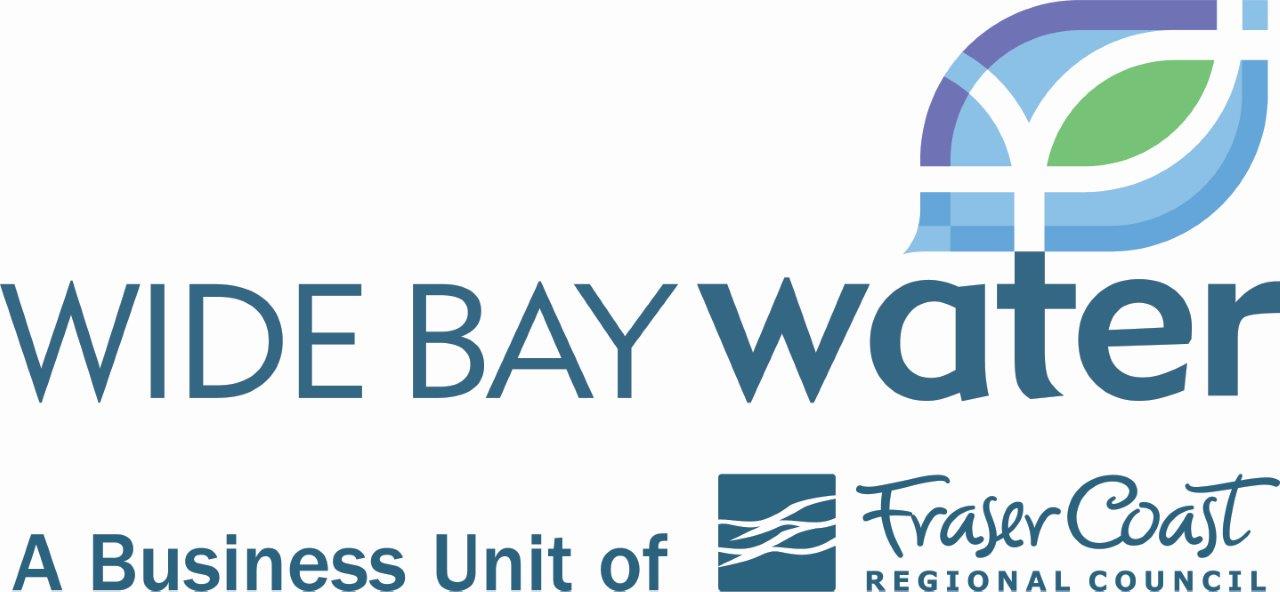Adaptive Building Forms for Inventory-Constrained Utilisation of Low Value Fibre
Project Description
This project aims to develop new tools in digital parametric modelling, inventory constrained design and digital fabrication tailored to low value fibre resource, in particular small diameter logs.
The intended application for the tools will be the design of new building forms utilising structures that are suited to, and take advantage of the specific characteristics of low value fibre resources, including:
- Small diameter hardwood and softwood round timber, from:
- Timber from forestry thinnings
- Re-use of veneer peeler cores
The research will investigate applications for the building forms at small and large scales, and will include typologies from small locally manufactured buildings to large spanning rooves and infrastructure. The outcome of the research will be demonstrations of the application of the tools through both digital visualisation of design proposals, and prototyping of key structural systems.
Objectives
Report 1
- Adapt existing ICD computational tools to specific characteristics of target species and forestry contexts
- Develop finer grain constraint definitions for the tools based on: Transport logistic constraints (log lengths and diameters), Processing constraints (debarking and peeler machine lengths and diameter limitations)
- Develop digital parametric model as form finding tools to use in parallel to the ICD tools
- Review existing connections specifically designed for application in connecting in round timber, including: 3 dimensional machining of timber joints, where geometry of the machined timber provides mechanical coupling, relying on minimal metal fixings or connectors, Fabrication of profiled metal connectors, where the connector design allows for minimal timber machining & Hybrid of the above, involving both profiled metal connectors and timber machining
Report 2
- Establish catalogue of suitable structural typologies including that utilise predominantly axial load paths, for example: Spatial and planar trusses, Articulated and branched column structures, Spatial shell and polygonal form found structures
- Develop selected prototypes for the above and test in axial and bending tests
- Develop novel and effective methods of digital fabrication that are specific to the challenges presented by working with round timber, including processes that are tailored to: The dimensional and geometric constraints of irregular and marginal volume of material in rounds, Processing large quantities of small elements & An appropriate investment in fabrication complexity and machine time relative to feedstock value
Report 3
- Final report on project outcomes and recommendations to consolidate the findings of Reports 1 and 2
- Formal ARC report updates will also be provided in accordance with the Hub schedule in the ARC reporting template.
- Publications: It is anticipated that a minimum of 2 Peer reviewed publications will result from the research.
- Exhibitions/Installations: It is anticipated that an exhibition standard display will be produced as an outcome of the research for public presentation
Targeted industry focused outcomes
The research intends to provide the timber industry with a range of tools that assist in promoting the awareness and feasibility of using low value fibre in in building applications.
Targeted industry focused outcomes include:
- Demonstration of designed and prototyped applications of low value fibre timber products being used in a range of building typologies
- Development of Inventory Constrained design and fabrication tools that increase the feasibility of uptake of low value fibre timber products
The research impact will primarily be qualitative, with the demonstration projects providing tangible exemplars of how the low value fibre products can be value-added. The dissemination of the research will be communicated through public display of built prototypes.
Resources
Conference Paper: LAMINATED NODES FOR A ROUND TIMBER STRUCTURE
Conference Paper: INVENTORY-CONSTRAINED DESIGN METHOD FOR WHOLE TREE USE IN BRANCHING CANOPY STRUCTURES
Objectives/Deliverables
- Develop Inventory Constrained Design (ICD) and parametric modelling tools to maximise the utilisation of low value resources
- Identify structural building forms and elements that are specifically tailored to round timber construction
- Develop connection prototypes and digital fabrication processes for round timber framed structures
Project Leader/s
Kim Baber
Project Leader; Chief Investigator
Bond University
Project Staff
Research Assistant
Research Assistant Opportunity
Project Investigators
Kim Baber
Project Leader; Chief Investigator
Bond University
Joe Gattas
Theme Leader - Innovative Solutions; Node Leader - Manufacturing Innovation & Value-Chain Innovation
The University of Queensland
Liam Ottenhaus
Node Leader - Design for Extended Building Life; Project Leader
The University of Queensland
Ben McClatchie
Partner Investigator
Wide Bay Water and Waste – A Directorate of the Fraser Coast Regional Council
